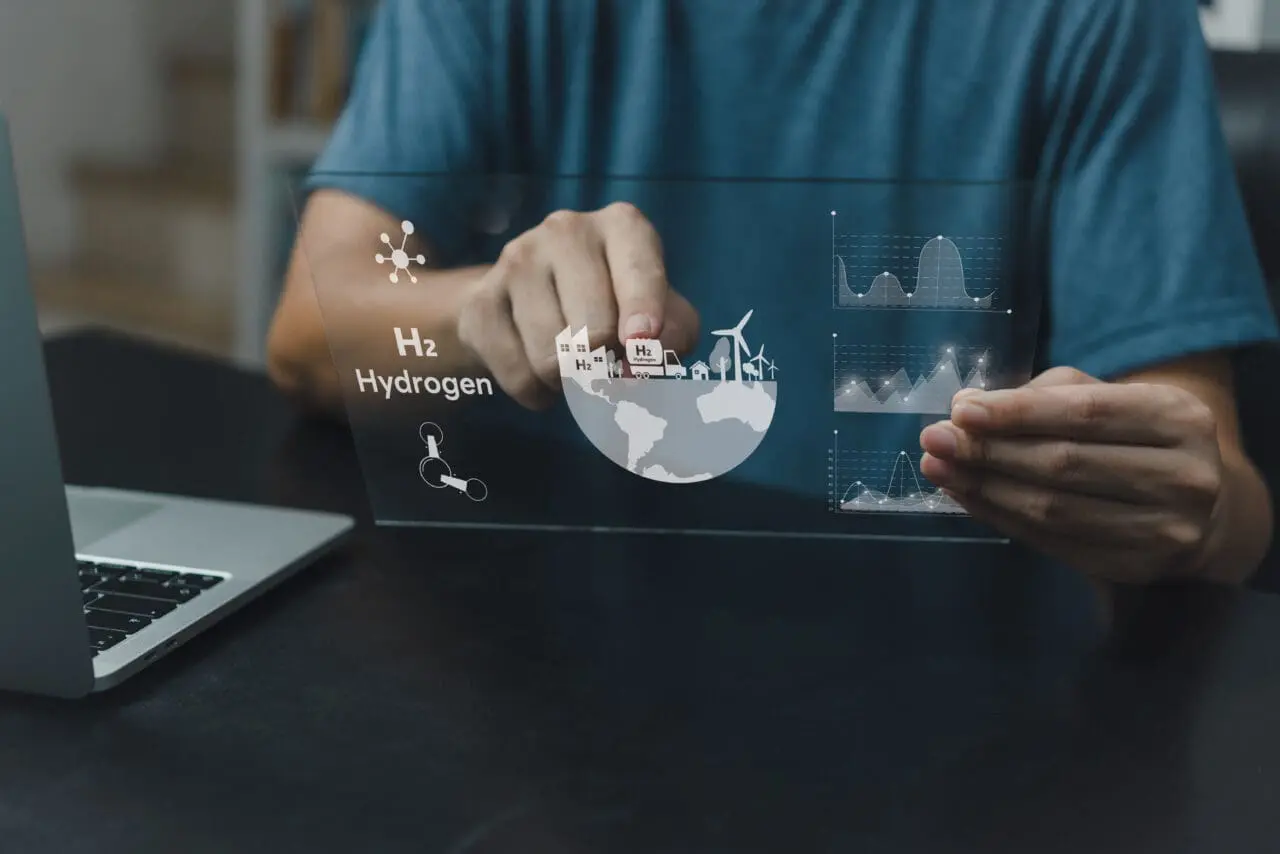Put To Best Use Now At Mining Sites Where Hydrogen Available
The team say that the most immediate potential use for the new technology is in industrial locations, such as Australia’s mining sites, where permanent hydrogen fuel supply lines are already in place. Studies have shown, for example, that 30 per cent of greenhouse-gas emissions at mining sites are caused by the use of diesel engines, largely in mining vehicles and power generators.
What Does This Mean For Your Organisation?
This new hydrogen hybrid fuel system is an exciting development with many benefits. For example, the fact that it can be easily retrofitted as a bolt-on to existing diesel engines and doesn’t require more expensive high purity hydrogen mean that it can be put to use now on reducing CO2, and can keep costs down.
The costs could be further reduced due to the system making the diesel engine run more efficiently anyway. As the team pointed out, it could be put to good use immediately in reducing the significant amount of CO2 being produced by diesel vehicles in Australia’s mining industry. The big promise, of course, is that once commercialised (in the next 12 to 24 months), it could be used around the world to hopefully make a big reduction in CO2 emissions from all kinds of diesel vehicles, thereby helping the planet, and helping industries and countries to hit their green targets.






















